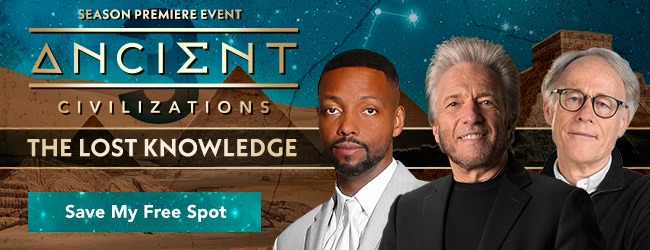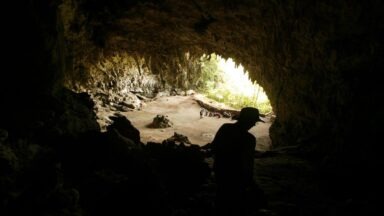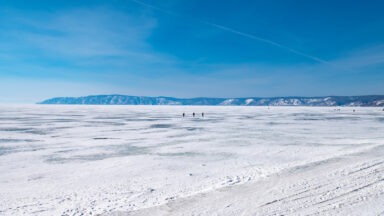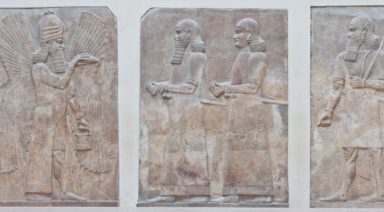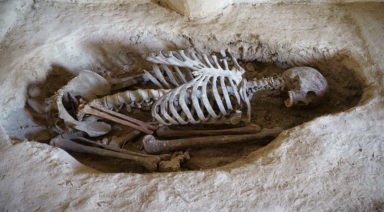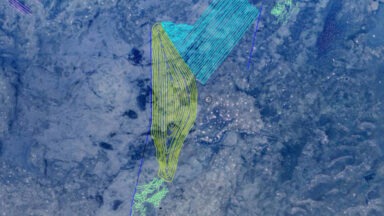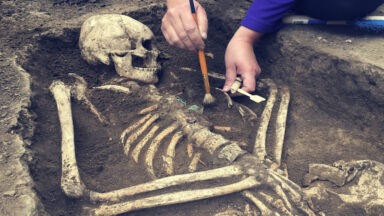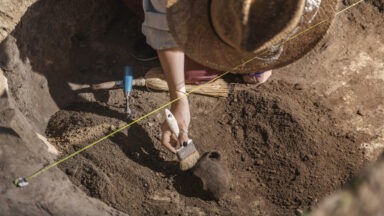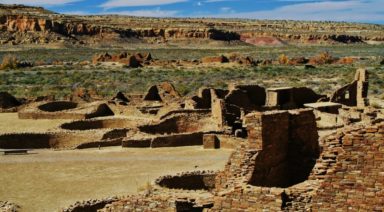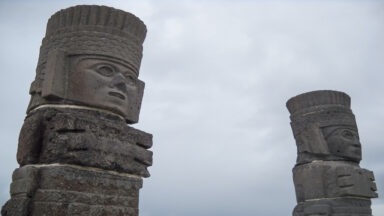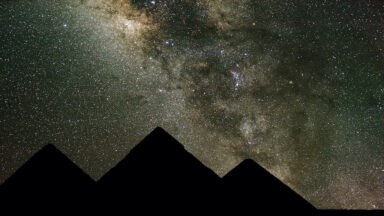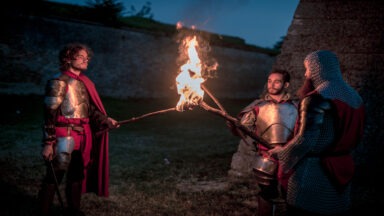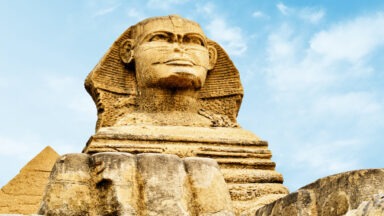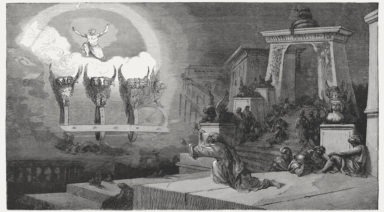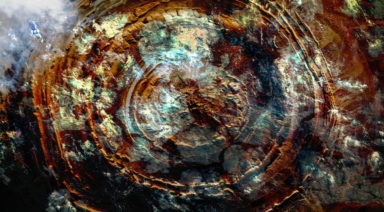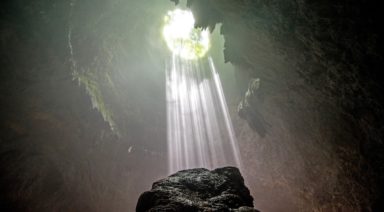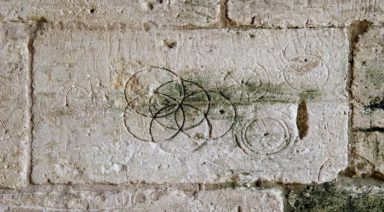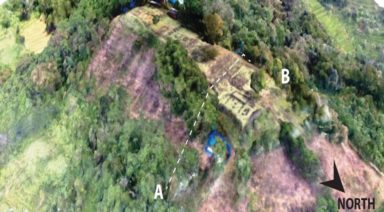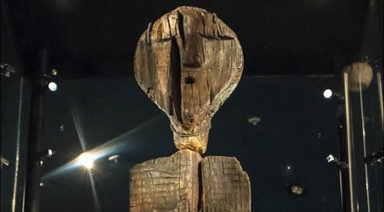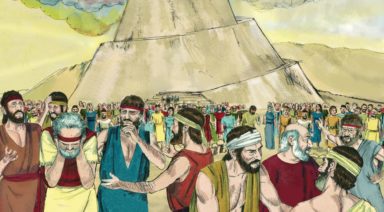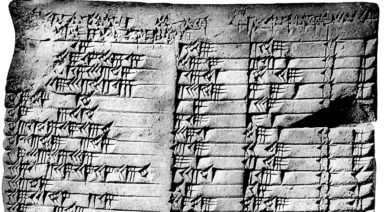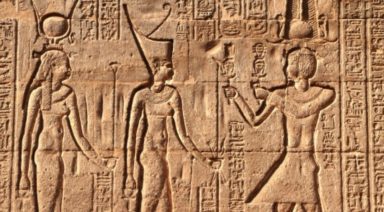Giant Human Skeletons Found Buried in Mounds Across North America

Around the turn of the 19th century, there were hundreds of reports from reputable sources of giant skeletons unearthed from ancient burial mounds across America. Human giants are not entirely a product of legend in our history.
André the Giant is a known example of a man with superhuman proportions and strength, reaching 7 feet 4 inches tall. But André’s size was the result of gigantism and acromegaly, disorders caused by an overactive pituitary gland, which releases too much growth hormone. And with the average human height at 5 feet 6 inches for men and 5 feet 2 inches for women, it’s rare to find someone of André’s height, let alone his stature.
With the extreme rarity of gigantism, affecting roughly three in a million, it’s surprising how often giants are spoken of in the Bible and North American folklore. David and Goliath, Jack and the Beanstalk, and Paul Bunyon are familiar examples of tales involving giants. But while these are thought to be myths or legends, is there any possibility that a race of giants once existed or were there humanoid ancestors significantly larger than us?
The Mound Builders: Unusual Burial Sites
Across the United States, there are burial mounds, or at least their remnants, some as extensive in size as the Great Pyramid of Giza. The Cahokia and Monk’s mounds in Illinois and Missouri are two thought to have been built before the arrival of Columbus. The Cahokia mound is 100 feet tall with a 14-acre base, almost an entire acre larger than the pyramid at Giza. Monk’s Mound is just as tall with a 1,000-foot-wide base. But what makes these and other mounds of their kind even more intriguing is what has been found buried inside of them.
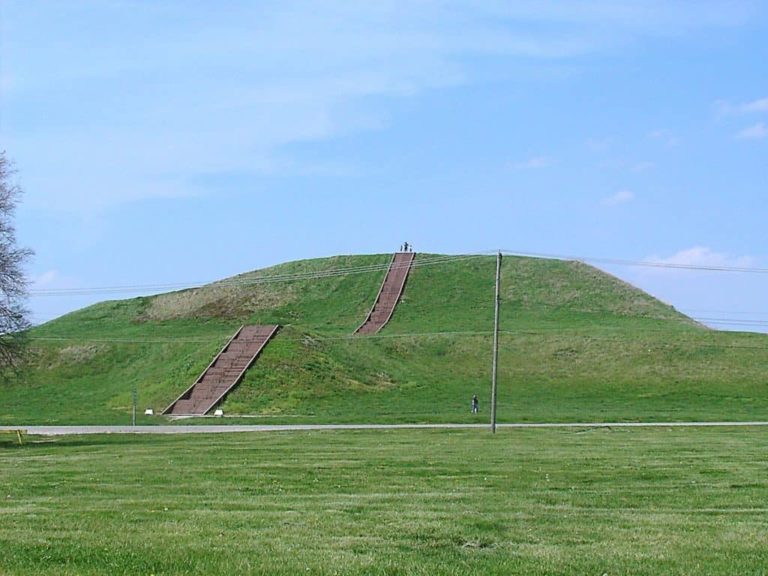
Jim Vieira has made it his mission to explore the mystery behind these mounds and others where there is documentation of unearthed skeletons, often of gigantic proportions. Vieira, a stonemason by trade, found himself intrigued after finding a plethora of mysterious stone mounds throughout New England.
He found that the construction, and particularly the stonework, of these mounds, was impressive, considering the level of technology at the time. He also noticed that the orientation of the mounds was such that the entrances faced a direction that was in alignment with the sun during the Equinoxes. The mounds were built with massive stones and were present long before colonists from Europe crossed over.
Vieira uncovered old reports in New England of giant skeletons unearthed from these mounds, often with two rows of teeth and jaws that could fit over the head of a normal-sized human. The skeletons ranged in length from 7 to 10 feet tall. While this may sound ridiculous at first glance, it was not an isolated incident and is supported by reports from reputable news sources of the time.
Ancient Giants
Discoveries of the giant skeletons were found all over the Northeast, from Martha’s Vineyard and Deerfield Valley Massachusetts, to Vermont and upstate New York. Other reports of the discovery of buried giants were also found in the South, Midwest, and West coast.
In the Ohio River Valley, a report from a local paper, that was backed up by Scientific American, found bodies of several giants buried under a ten-foot-tall mound. One female skeleton was found holding a three-and-a-half-foot long child. Another of the giant skeletons was buried in a clay coffin and an engraved stone tablet was also recovered. This particular mound was 64 feet long by 35 feet wide.
The Chichasawba mound in Arkansas is another instance of the uncovering of a giant skeleton under similar circumstances. The 12-square-mile mound had its name taken from the chief of the Shawnee tribe who was essentially known to be a giant with incredible strength. Chief Chicasawba lived in that area of Arkansas and when the mound was uncovered, the skeleton of a massive human being was found. Subsequently, other skeletons up to ten feet tall were unearthed in the same area, all with similar burial artifacts found with them. Some reports claimed the length of the skeleton’s legs to be five feet alone. Other reports show large craniums of skeletons with double rows of teeth.
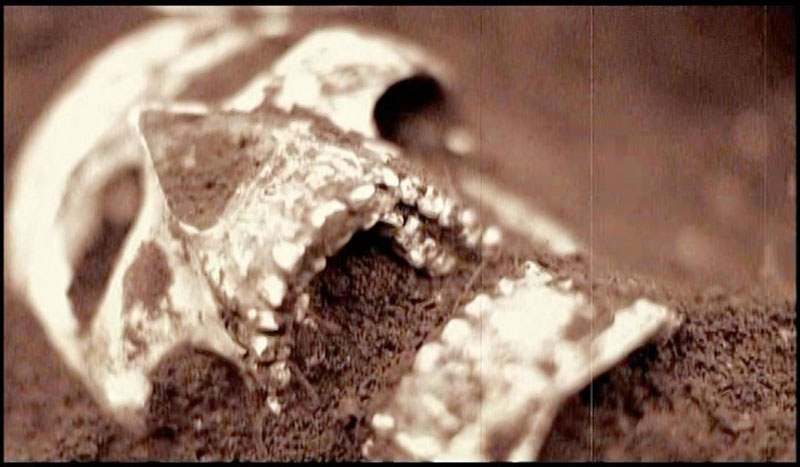
double rows of teeth courtesy grahamhancock.com
A Controlled Narrative
While stories of this nature sound fantastical, there are numerous reports of skeletons of the same size appearing in newspaper articles from The New York Times and other reputable sources. The majority of these reports occur during the mid to late 19th century, which Vieira sees as being the turning point in a censored narrative that has now dominated our history textbooks. He says he thinks that awareness of both the mounds and giants was common knowledge during this primarily agrarian time. There is even supposed reference to it from Abraham Lincoln. In a written account of a speech that he was preparing to give at Niagara Falls, he wrote,
“The eyes of that species of extinct giants, whose bones fill the mounds of America, have gazed on Niagara, as ours do now.”
Vieira believes that a prejudiced narrative was created to discredit Native Americans or portray them as savages because if they were seen as having built the mounds it would show them as mathematically and technically advanced. Vieira says he thinks that the removal of any evidence of the giants might have occurred because they wouldn’t fit into the controlled narrative of manifest destiny. Subsequently, many of the mounds were allowed to be destroyed by settlers and farmers as America was colonized, with no regard to the reverence that the natives held for them.
And whether the tall skeletons belonged to a race of giant natives themselves or another race that predated them is unknown, but it is thought that the American Indians venerated them.
Another conspiracy surrounding the hidden history of these giants points to the Smithsonian. Within the ethnology reports of the museum, there are 17 cases of the Smithsonian uncovering giant skeletons over seven feet tall. The probability of a human growing seven feet tall is .000007 percent, meaning they would have had to excavate roughly 2.5 million bodies to have found that many skeletons of that size.
There are also supposed reports of the Smithsonian Institution purchasing giant skeletons excavated by citizens, which then disappeared, never to be heard from again.
The Smithsonian even had a division for exploring mounds, of which there is a written record of them uncovering giant skeletons whose bones crumbled to dust when exposed to air. Was this a coverup by the famed museum, or did they simply dispose of a debunked myth?
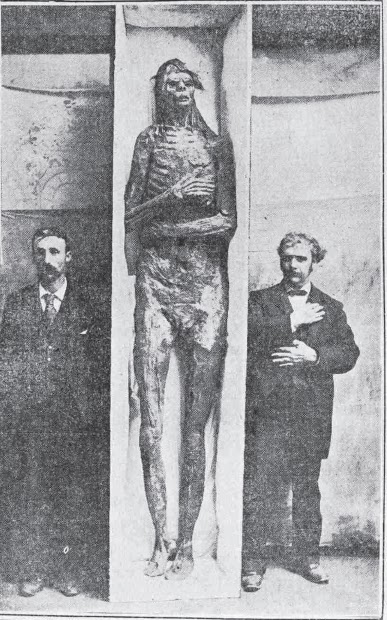
courtesy grahamhancock.com
For more incredible evidence of giant human remains discovered around the world, check out this special season of Gaia’s original series Open Minds: Evidence of Giants in Sardinia.
Human 'Hobbit' Ancestor May Still Be Alive in Indonesian Jungles
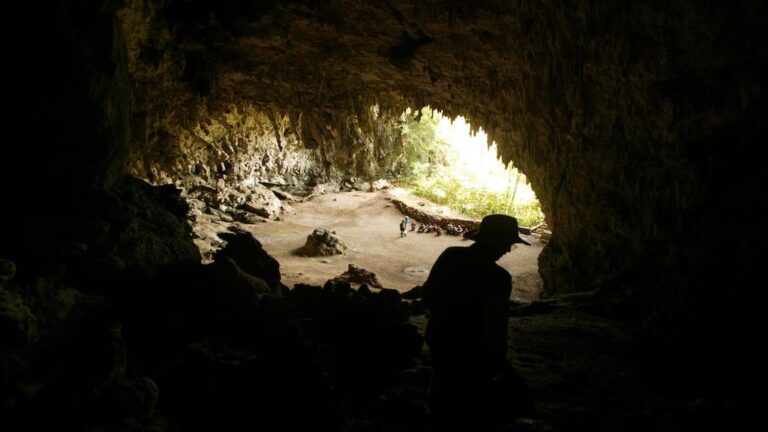
Could an ancient human species still be alive deep in the forests of Indonesia? An award-winning anthropologist thinks that might be the case.
On the Indonesian island of Flores, some locals tell tales of an animal that is like a human but is not human. Some say they are extinct, others claim to have seen them with their own eyes. Anthropologist Gregory Forth, who lived with and studied the people of the island for decades, calls this creature the “Apeman.”
For years it was an interesting story, but as many anthropologists will tell you, stories like this are often allegory or a way to explain the natural world. But in 2004, the anthropological world was shaken when the “hobbit” skeleton was found. This was a tiny species of hominin. A rebuilt skeleton stands at just 3’7,” but apparently lived at the same time as early modern humans.
The tale of the relationship between oral histories and the fossils, dubbed Homo floresiensis, is the subject of Forth’s new book, “Between Ape and Human.”
Forth, now retired, was a professor of anthropology at the University of Alberta for more than three decades. He first heard of the “Apeman” from the “Lio” people of Flores in the 1980s.
But what about this story sounded like it might be true?
“It’s the way that people were describing them as animals, as a kind of animal — not human beings by the way, the distinction is very important for them as it is for most people. But at the same time they’re beings that walked erect unlike any other animal, and otherwise looked humanlike, although they were very small (or they are very small), and somewhat hairier.”

